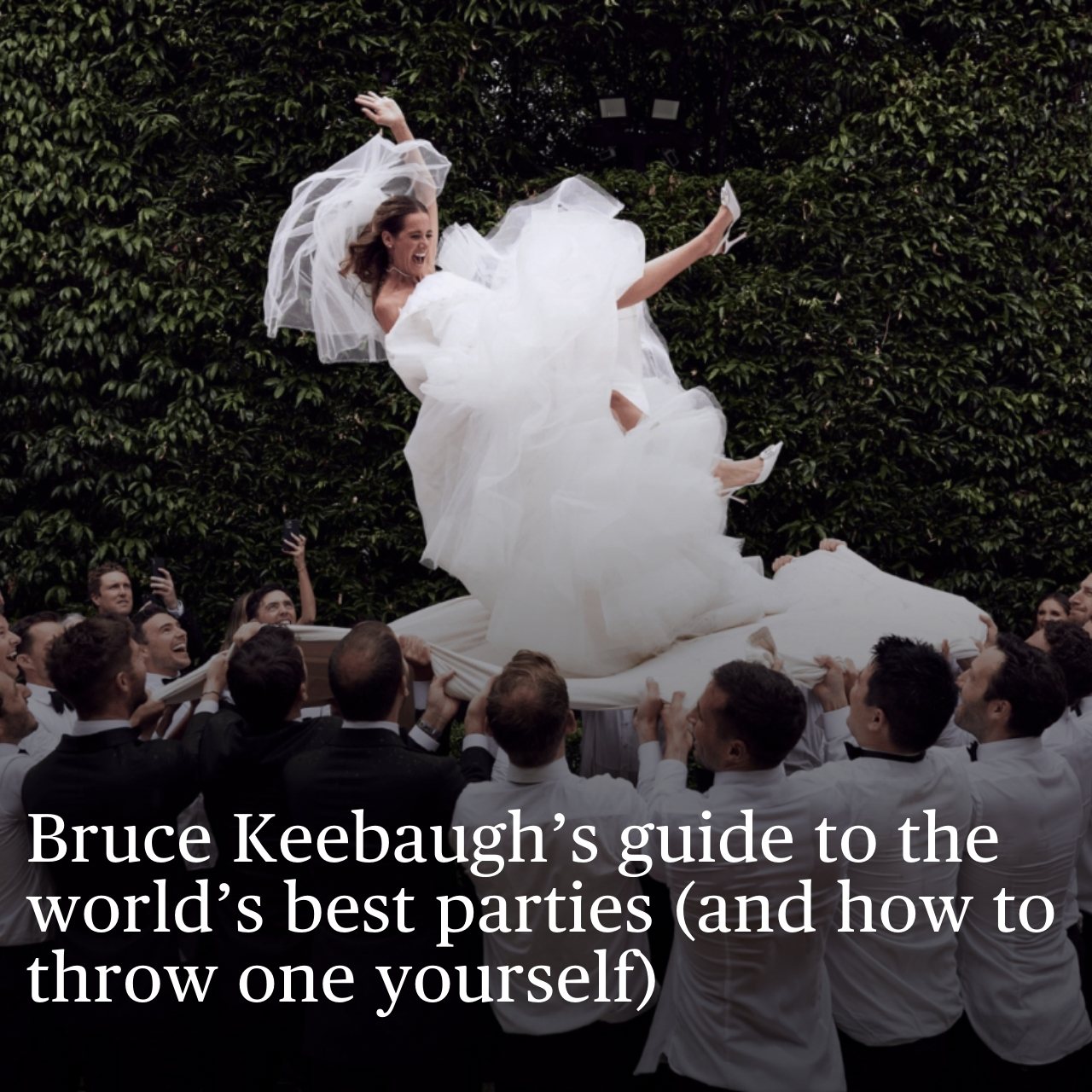How industrial designer Henry Wilson found his missing piece
Henry Wilson's first bricks and mortar showroom is already a touchstone for his design practice
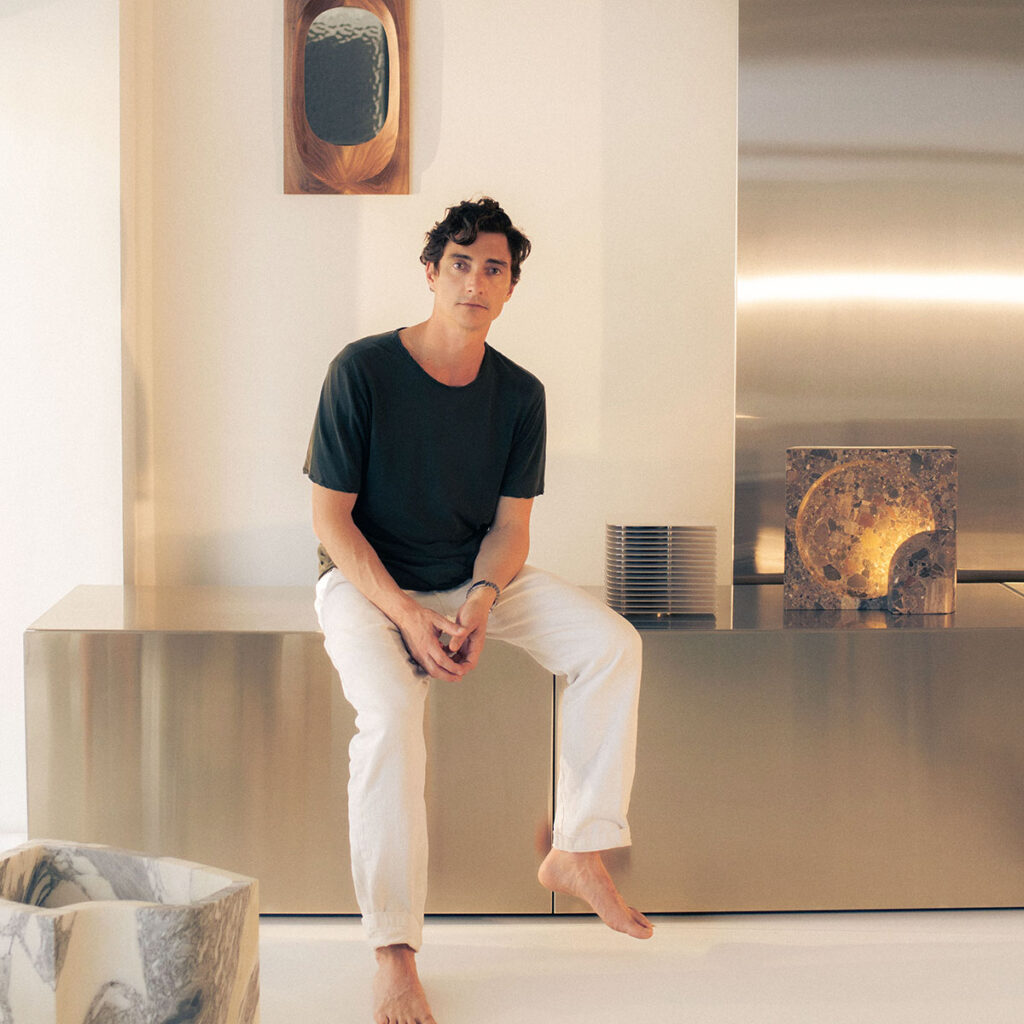
FOR MORE THAN A DECADE, Australian industrial designer Henry Wilson has quietly built a name as one of the country’s most thoughtful and exacting creators of hardware, furniture, lighting and home objects. His distinctive approach – part sculptural, part utilitarian – is marked by a love of process, material integrity and timelessness. His bronze and aluminium handles, poured in small batches, and his elegant, understated lamps in stone and brass can be found in sophisticated homes, luxury fashion stores and high-end restaurants and hotels around the world. But until recently, something was missing: a dedicated space where the breadth of his work could be seen, touched and experienced together. That changed with the opening of his first retail store in Paddington in Sydney.
Wilson says he didn’t set out with a grand retail strategy. “It was really seeing the space,” he says. “I’d often thought about it, but this little side-street location just felt right – the right scale, the right amount of risk.” The new store occupies a space that used to be the office of sought-after architect Madeleine Blanchfield on Paddington Street. It’s on a street a few blocks away from the bustling main retail strip of the inner-city suburb and is lined with mostly terrace houses, with Wilson’s showroom the only retail operation in the immediate area. One of the appeals of the space, which Wilson commissioned architect George Livissianis to redesign, was that it already had a bathroom and kitchen designed by Blanchfield and a small built-in plinth in the shop’s window where furniture had previously been displayed.
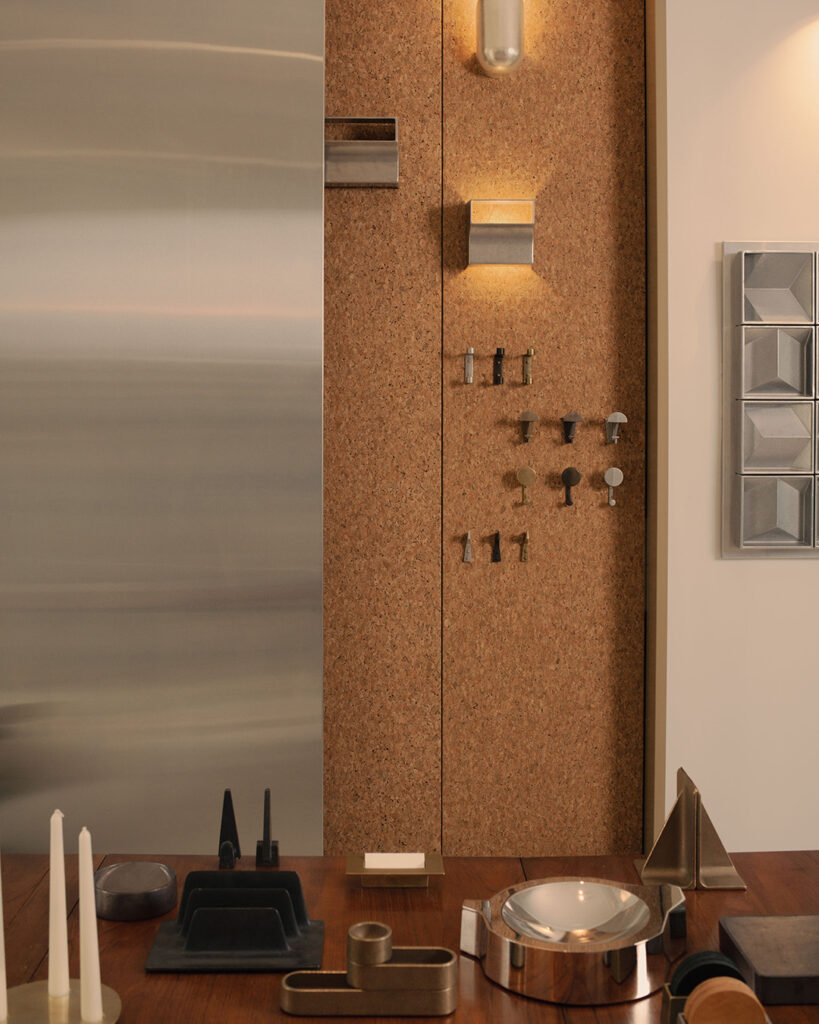
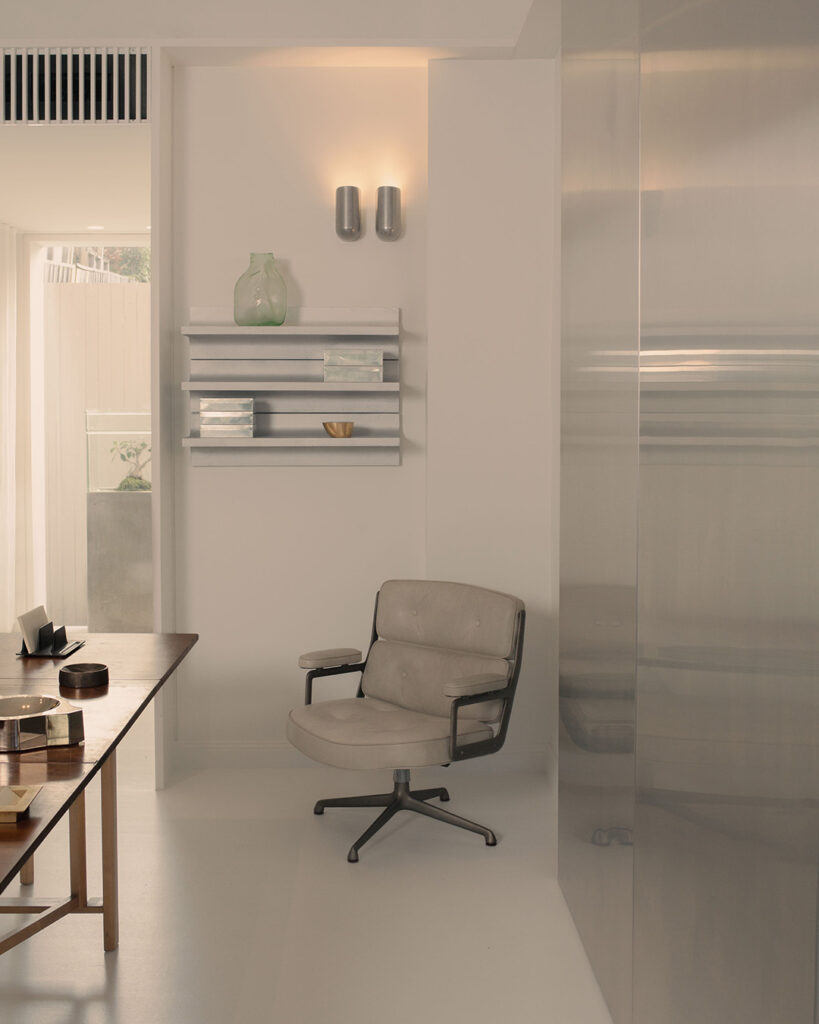
“I could imagine it all,” says Wilson. “And imagine it in a way that felt relatively low risk. I thought, ‘I could do two or three years here and it’ll tell me whether or not it’s worth it’.” It turns out it was. The shop, which is not far from Wilson’s workspace at the other end of Paddington, has become something of a design destination – a place where architects, designers and curious design lovers stop in to see Wilson’s entire body of work in one place. And it’s had a powerful effect, not just on his customers, but on Wilson himself.
“I didn’t realise how much having it all in one space would help me understand the range,” he says. “You don’t see it when it’s all in boxes or scattered across studios. But to see it all fit together – the scale, the patina, the texture – it was a huge moment. Suddenly, I could see how it all relates. It was more valuable than I expected.”
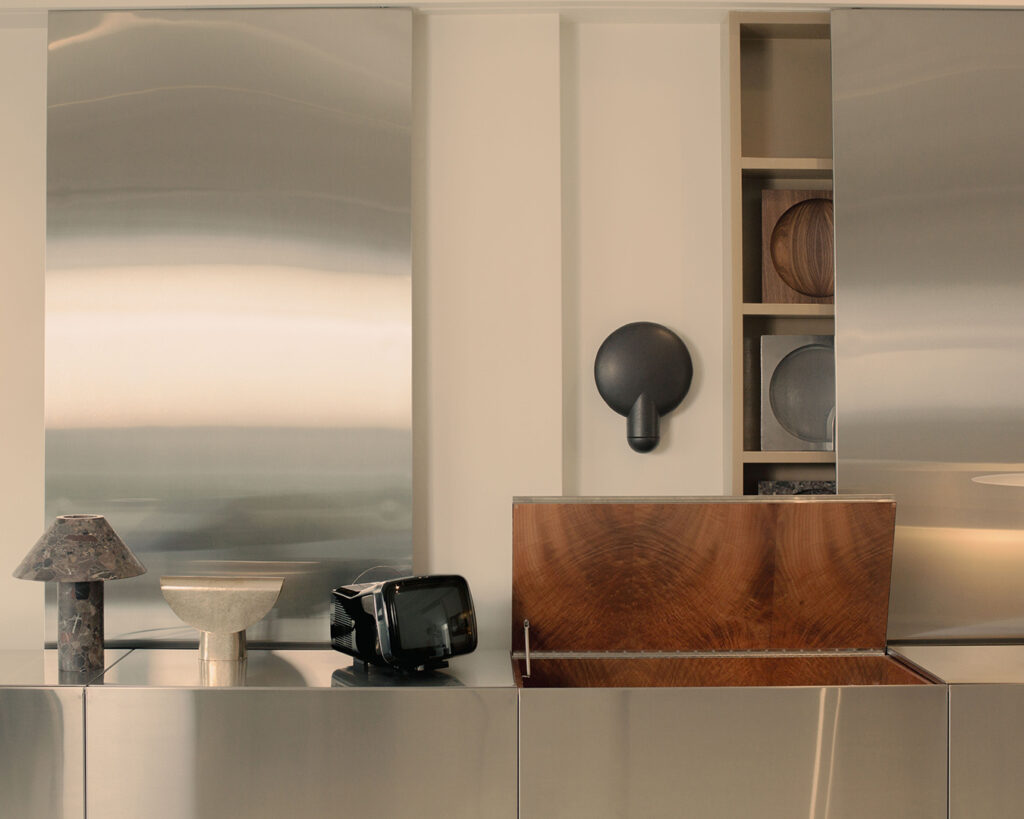
The shop has also become a space for experimentation and refinement. “There’s something about having a place where a new piece can go, be seen in context, and you can ask, Does it work?” he says. “It’s like a final mock-up stage.” The domestic scale of the store, with its high ceilings and mix of contemporary and Victorian elements, echoes many of the homes Wilson’s pieces end up in. “It’s not a warehouse or a big gallery. It feels real.”
Of course, opening a physical store in an era when online retail dominates – and when the economic outlook is far from rosy – is a brave move. But Wilson insists the decision wasn’t about sales alone. “The only metric I really had was: can the shop pay for a staff member and the rent? That was my baseline,” he says. “And it’s done that. Everything else – press, events, a place for customers to experience the brand – is just a bonus.” Still, it has helped grow the business. “Sales have increased,” he admits, though it’s hard to isolate the store’s exact contribution from the organic growth of the business overall. More importantly, the shop has become a kind of living showroom – a tactile, tangible representation of Wilson’s design ethos. “We’ve all bought things online and been disappointed,” he says. “But when people come in, they get it – the weight of the bronze, the way the patina catches the light. These things are hard to communicate in photos.”
Wilson has had customers wander in on a Tuesday morning and walk out with an armful of objects on the same day, or place an order for a house full of door pulls and other fixtures. “They’re not shopping just on Saturdays. You have to be around midweek too,” he says, which is why the store isn’t ‘by appointment’. “I think by appointment puts people off,” he adds. “It creates pressure. Sometimes people just want to browse.”
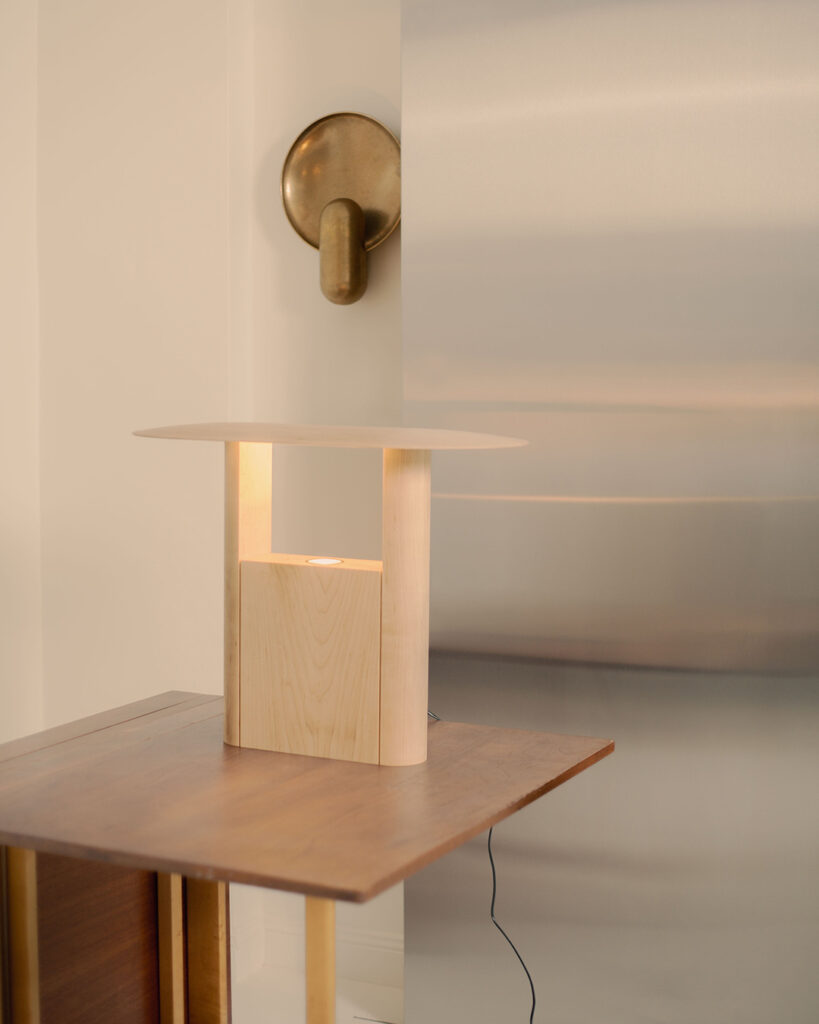
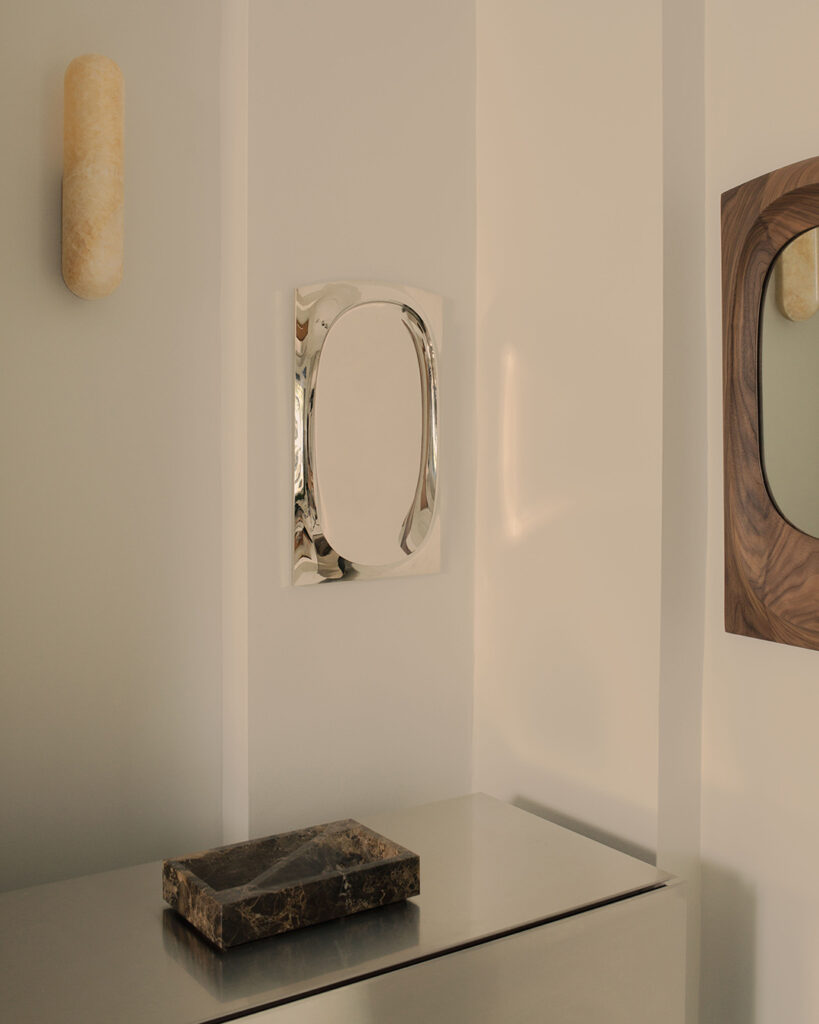
The opportunity to speak with customers directly has also fed back into Wilson’s design thinking. “You hear what’s missing in the range, what people are looking for,” he says. “And you get reminded of what made this work special in the first place. When you’ve been doing it for 10 years, you forget how exciting these pieces can feel to someone seeing them for the first time.”
There’s also a subtle but growing appetite among consumers to shop local – to know where something comes from and who made it. “There’s a bit of a feel-good purchase about it,” Wilson says. “You’re not buying off some faceless website. You can see the shop’s being kept nicely, someone is actually here. There’s a sense of community around that.”
That sense of community may yet grow. Wilson is already toying with the idea of a second store – in Melbourne or even the US. “The American market is huge for us – it’s not quite half our business, but it’s close,” he says. “A small space in Los Angeles could make sense.” That said, he’s in no rush. “You see so many businesses expand too quickly. I don’t want to do that. But if the right partner came along . . . then we’d do it.”
For now, though, he’s content with what he’s created in Sydney: a place where people can see, feel and connect with his work – and where he can connect with them. The retail space, once an experiment, has quietly become a vital part of the Henry Wilson brand. Not just a shop, but a space of reflection and discovery – for its customers and for the designer himself. “It’s been unexpectedly rewarding,” he says. “Not just for sales, but for clarity. It’s allowed me to step back and see the whole picture.”
Related





